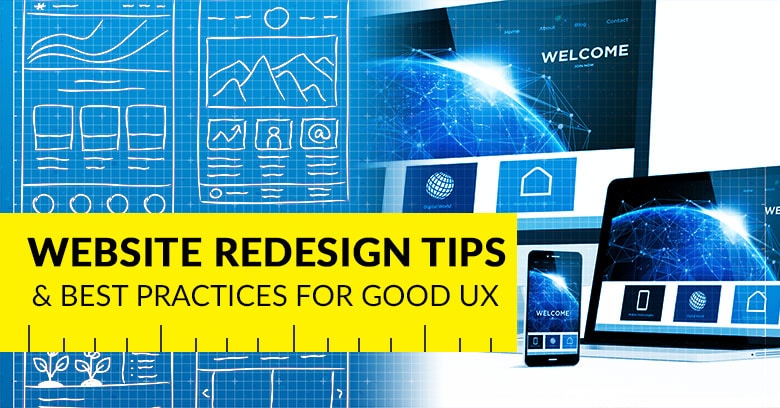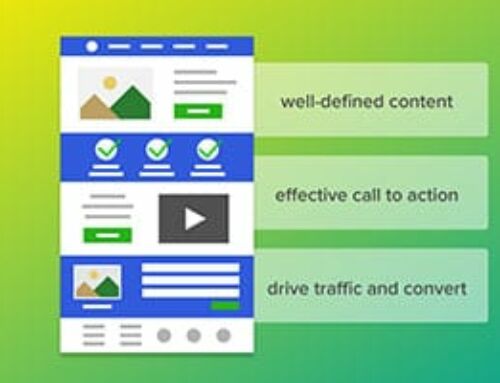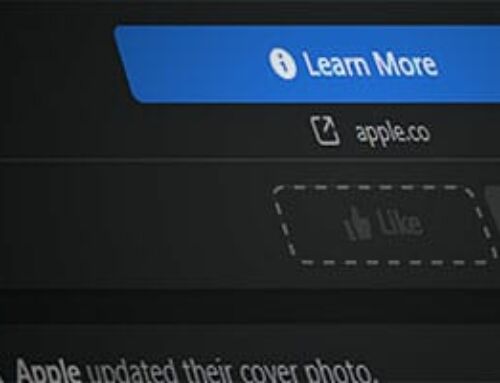
In our last blog, Why Are You Redesigning Your Website? we discussed various reasons you may choose to redesign your current website. Once you’ve decided to redesign your site, you need to make plans that best support your vision and your “why.” We have compiled a list of best practices and tips for you to create the best site!
-
Add Strong Visual Elements & Features
Remember that users respond more to images, illustrations, and videos than they do plain text. Sure, the text is important and you want to make sure the images you select serve a purpose (sometimes adding text will ensure they do), but the images you select will be what catches people’s attention first.
We think custom images are better for a website than stock images. We have seen clients decrease their bounce rate (statistic on your website to indicate the number of people who leave after visiting only one page) and increase their conversion rates by replacing stock images to custom photographs (Bonus Tip: Momentum3 Growth has a professional photographer on staff and will gladly complete a photoshoot for your business!).
-
Personalize Your Website Based On Your Brand
Your brand likely has its own personality. Think about the way you communicate with your audience—the tone of your blogs and social media posts is a good example of your brand’s personality.
Other ways you can reflect your narrative in your website is by using colors, fonts, and photos. Always use the same consistent voice so your audience recognizes your content immediately.
If you want your website redesign to really stand out, use contrasting colors. Highlight key areas of your site that you want visitors to notice with a color that isn’t found on other parts of your webpage.
-
Build a Blog on Your Website
Content marketing isn’t just another way to use your marketing budget: It works! A blog is one of the cheapest and easiest ways to distribute content. Did you know blogs produce 55% more web traffic than a website without blogs? If you write consistently about topics that help solve problems, you’ll attract search traffic and social media shares. Don’t get overwhelmed, you don’t have to write a blog a day or even a blog a week. Start off with 1 or 2 blogs per month and build up from there.
-
Create Navigation that Makes Sense
Menu navigation on a website exists to help us find content easily. It should be simple and intuitive for users. Designing a solid navigation system is one of the most important aspects of designing a website and definitely something you should consider when re-designing your site.
Small tricks that we like are things like using the logo as a link back to the homepage, breadcrumbs at the top of the page (shows you where you’ve been and how you came to the page you’re on), and responsive navigation techniques like using the hamburger menu!
-
Make Sure Your Website Pages are Mobile-First
If your website is not already responsive, make sure that your redesign includes this feature. It would be a waste of money to make a new website and not to upgrade it to the latest way of ensuring your site can be used across all devices. Your website should look beautiful on any size device and choosing a responsive design will make sure images and font sizes are correct for smartphone screens.
Responsive design improves the mobile experience for your visitors. All this Talk about Responsive Website Design… What Does that Mean? covers the importance of a responsive website both for user experience and search engine requirements.
-
Optimize the Entire Site for SEO Marketing
From your blog to your landing pages, you want to make sure your content can be found through organic search. Relevant keywords are the best place to start because it helps you to mold your content (titles, descriptions, headers) to fit your desired niche on the internet. Another thing you want to do is make sure that all the images on your pages have Alt Text. Alt Text is a snippet of code that you place on each image which allows the Google Spiders to know what the image is because they aren’t able to “see” images as they are.
For a primer on how to get started with SEO, check out these blog posts: Beginner’s Guide to SEO Basics and Beginner’s Guide to SEO Content Writing.
We go into great detail about different steps you can take to begin your Search Engine Optimization efforts. Finally, after you have tried those steps for some time, you may notice that your efforts aren’t paying off as you thought so check out this post to see what to do next!
-
Optimize for Voice Search
Voice search is the next big thing (I mean, we’re already in the heart of this trend and it’s only growing more rapidly as technology improves). Think about how people interact with their cell phones now: instead of typing out a search query or even a text message, they use voice-to-text. You definitely want to tap into the “new-age” way of searching to make sure that you aren’t missing out on valuable clicks to your website.
One tip we stumbled upon is to make sure you rank for phrases like “Near Me,” “nearby,” and “closest.” For example, if you own a Chinese restaurant, you’ll want to make sure you rank for “Chinese restaurant near me.” Another method is to target your location: “Chinese restaurant in Tulsa, OK” or “Chinese restaurant in South Tulsa.” This will allow people who use voice search to be able to find your location when they are searching on the go. An important thing to consider is that “near me” searches are difficult to rank for if you’re not 100% solid on your local SEO. Learn more about localization on our blog: Improve Your Local Rankings.
You can learn more about our perspective on Voice Search by reading our blog: “Voice Search SEO Tips”
-
Keep Your Pages Consistent with Attractive Calls to Action
One vision, one primary goal, and consistency go a long way when redesigning a website. Decide the goal of each page and the purpose of the calls-to-action then implement the ideas using the same method you used on other pages. A cluttered site will turn off users leading to lower conversions and higher bounce rates. We want to ensure that the website flows naturally and entices users to interact with your brand, buy your products, or contact you for more information.
Redesigning a website is a great solution when your business stalls or needs to head in a new direction. We hope that our 8 tips and best practices for your redesign help you make strategic decisions for your company. If you’re still stuck or in limbo on what to do, feel free to reach out to Momentum3 Growth and we’ll get you moving in the right direction!




